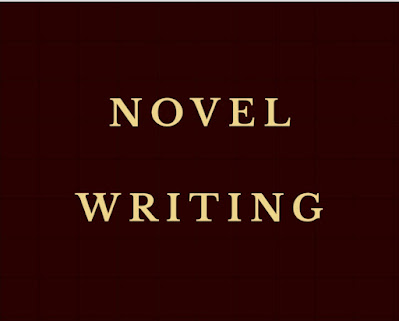Craft: Newthreading
by Randy Ingermanson
Sometimes you write a novel and it turns out just the way you planned.
Only it’s still not right. Maybe your macro editor gave you a great idea that would make the whole story stronger. Maybe one of your beta readers pointed out some inconvenient truth. Maybe your production editor insisted the book needs to have a lot higher word-count.
Bottom line, your story is good, but now you need to weave in a whole new storyline. And the new part needs to work seamlessly with the existing story. And you’re terrified you’re going to mess up a good thing. Because your existing story is fine, right now, just as it stands. But now you’re required to try to make it better by working in one new plot thread.
What’s a Thread?
Now is a good time to discuss what I mean by a “thread.”
A thread is a part of the story that would make sense as its own story, if the reader had enough context. A thread has a beginning, middle, and end. A thread is a story-within-a-story.
Typically, I think of every major character in a novel as having their own thread. Each of them thinks that they’re the protagonist of the story. Each of them is living their life, and to them, it’s a complete story.
So in The Hunger Games, our viewpoint character is Katniss Everdeen, and her survival storyline is the main thread. But Peeta Mellark has his own thread, a romantic storyline, which intersects with Katniss’s at many points. Rue has her own thread, a tragic storyline. Haymitch has a thread as a clever, scheming coach, manipulating his players to go beyond what they think possible. Cato has his own thread as the unstoppable foe. We don’t see all of these people’s threads, but we see enough to be able to imagine a complete story for each of them.
And it’s also possible to have an object in your story that’s significant enough to have its own thread. In The Lord of The Rings, the Ring of Power has its own storyline as it changes hands from Sauron to Isildur to Deagol to Smeagol to Bilbo to Frodo and briefly to Sam and Gollum.
As we saw above, sometimes you write a story that seems complete, but then you decide to add one extra thread to the story.
Let’s call that process “newthreading,” since there doesn’t seem to be any standard term for it.
So how do you do that?
Here’s my recommendation.
9 Steps For Painless Newthreading
- Make a fresh copy of the file containing your story. Save the old one with a clear label on it, so you can get back to it in case you don’t like the newthreaded story.
- Read the full story, as quickly as possible, inserting comments wherever you think the new thread will intersect with the story that’s already written. These comments should be in the margin. Both Microsoft Word and Scrivener make it easy to save marginal comments.
- Scan through your manuscript, reading only the marginal comments.
- Make a decision. Do the marginal comments sketch out a complete story thread? Will the new thread work? Will it require you to write some extra scenes? Will it make the original story better? If it makes the story worse, then go back to your original. Newthreading is a bad idea if it doesn’t improve your story.
- Write a short summary document that puts together all the ideas for the new story thread, based on all the marginal comments you made. Try to give the new thread a clear beginning, middle, and end.
- Make revisions to your manuscript. Wherever you find a marginal comment, revise the scene. Reread the scene to make sure it still works. If you had to insert a whole new scene, read the scenes before and after it, to make sure the story is still flowing. But leave all your marginal comments in place.
- Do a final read of the entire manuscript, starting at the very beginning. Read every word, even in the scenes you didn’t revise. There may be minor issues you need to weave in to make the new thread consistent. Fix every problem. As you work your way through the manuscript, delete every marginal comment if you approve of the way you wrote the scene it’s in.
- When you get to the end of the manuscript, scan the margins one last time to make sure you’ve deleted all your comments.
- You’re done.
Final Thoughts
In my opinion, newthreading is a last resort. It’s hard work, and many things can go wrong. I believe it’s better to put enough planning into your story so all the threads are in place from the start.
But that’s not always possible. If you have to add a new thread, then you have to do it. And now you know how.







